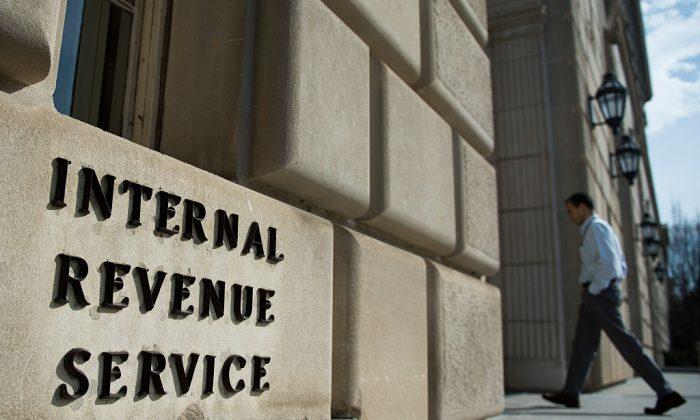Last year, we dealt with a lot of unknowns because of the coronavirus situation. Taxes were no exception. From the federal tax deadline being moved up to new legislation being passed, there were loopholes coming at us left and right.
Now that the dust is starting to settle, let’s get some clarity about what we can expect on our 2020 tax returns. That way, we can remain in control and focus our energy on making our financial dreams a reality. Here are four unique situations you need to be aware of:
A 401(k) Withdrawal
Maybe you lost your job, or a loved one got sick with COVID-19, and you needed a lot of cash—fast. I hope you didn’t find yourself in this situation, but if you decided to drain your 401(k) to pay for life’s expenses, you need to be aware of the tax implications.Although the CARES Act did waive the 10 percent penalty for early 401(k) withdrawals, you will still owe income tax on any money you took out. However, you can avoid paying the IRS if you return the money you withdrew within three years and file for an amended return.
Here’s what I suggest. As quickly as you can, put that money back in your 401(k). Avoid paying those income taxes, and get your future financial dreams back on track.
Unemployment Benefits
Unemployment benefits count as taxable income. When receiving unemployment benefits, you can opt to have 10 percent withheld for income tax purposes. You can also pay quarterly estimated taxes on your benefits, so you’re not hit with a big tax bill all at once. But if you haven’t paid income tax on your unemployment benefits yet, be aware they’re due on April 15.Deferred Payroll Taxes
The Trump administration signed an executive order allowing employers to defer Social Security taxes from Sept. 1st—Dec. 31st, 2020. If your company opted in, you saw a 6.2 percent increase in your paycheck during those months—which was a nice cushion at the time.But there’s one word we need to pay attention to: deferred. Uncle Sam won’t forget! Those taxes will need to be repaid during January—April of 2021, so expect a smaller paycheck during these months. If you’re wondering about the specifics, schedule a meeting with your human resources department.
Contract Work
Last year, a lot of people took on part-time work or started a side hustle when things got tight. If you’re in that boat, you’ll owe state income taxes, as well as the federal self-employment tax of 15.3 percent (if you made more than $400 in self-employment income in 2020). You’ll probably receive 1099 forms from the people you worked for and you’ll need to fill out a Schedule SE form to report any other self-employment income you made. If you expect to owe more than $1,000 in taxes for the year, the IRS wants you to pay quarterly estimated taxes.A good rule of thumb for contract and self-employed work is to set aside 25 to 30 percent of every paycheck for taxes.
I’ve tried to make this as simple as possible, but the reality is, taxes are always confusing. If you’re wondering whether you should self-file, or work with a tax professional, take our five-minute quiz to learn the best way for you to file this year.
Chris Hogan is a financial expert, host of The Chris Hogan Show, and a best-selling author, including “Everyday Millionaires: How Ordinary People Built Extraordinary Wealth—And How You Can Too.” Follow Chris at ChrisHogan360.com and on Twitter @ChrisHogan360.





